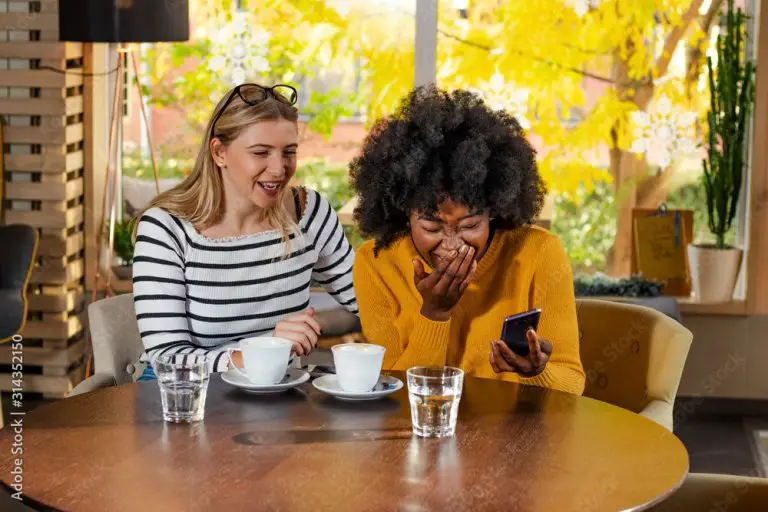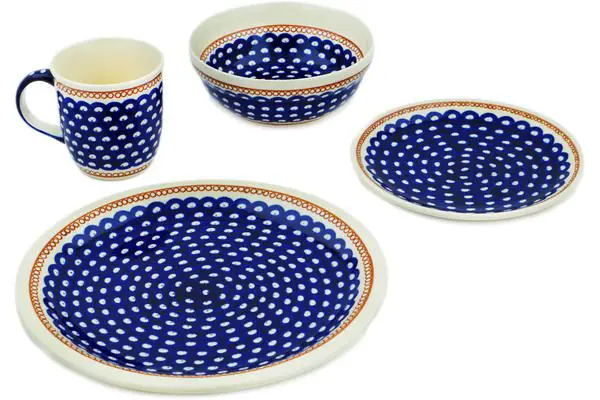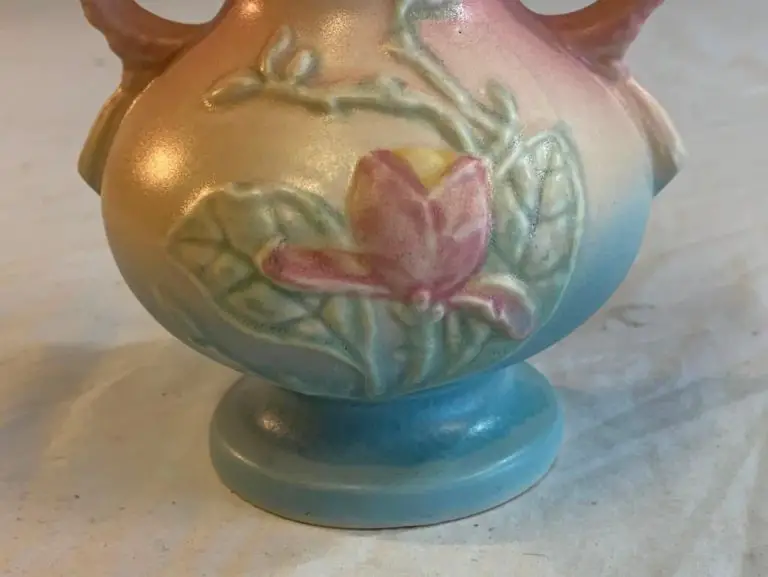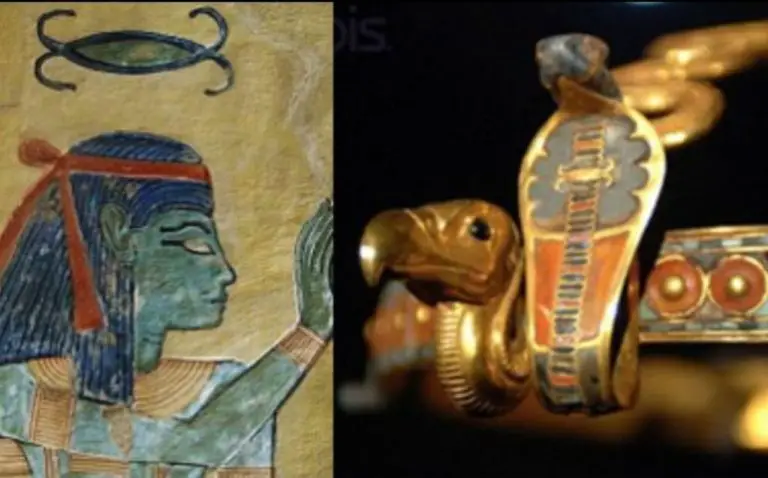What’S With The Cat Ear Headbands?
Cat Ears Take Over Social Media
Cat ear headbands have become an undeniable fashion trend, especially among teenage girls and young women. According to one survey, nearly 50% of female TikTok users own at least one pair of cat ears.
The distinctive headbands feature fabric cat ears on a plastic or metal band. They are meant to resemble the ears of a cat and are often worn in pairs during cosplay or as an everyday accessory.
Cat ear headbands exploded in popularity around 2015. Since then, the accessory has made its way into mainstream fashion and onto the heads of millions of wearers. Social media platforms like Instagram and TikTok especially fueled the trend, with influencers and users posting photos and videos wearing cat ears.
History
Cat ear headbands first emerged in Japanese popular culture, specifically in anime and manga. They were used as a visual shorthand to represent catgirls – female characters with feline traits like cat ears and tails. Cat ear accessories allowed fans to cosplay and embody these fantasy characters. Depictions of catgirls became popular in the 1970s with early examples found in the manga “Super Dimension Fortress Macross” in 1982 (source).
Wearing cat ear headbands historically has associations with cosplay, costume play, Harajuku fashion, and Japanese kawaii or “cuteness” culture. Over time, cat ear headbands spread beyond Japan and into geek and gaming communities internationally as a fun form of self-expression. They were particularly popular at anime conventions and festivals as an easy way for fans to accessorize and show off their fandoms.
In recent years, cat ear headbands have become more mainstream in Western culture influenced by pop stars and social media. What originated as a niche Japanese youth fashion statement is now a playful accessory worn by many worldwide (source). Cat ears allow wearers to take on an alternative, animalistic identity or embrace their inner spirit animal. The evolution shows a growing appreciation globally for Japanese kawaii style.
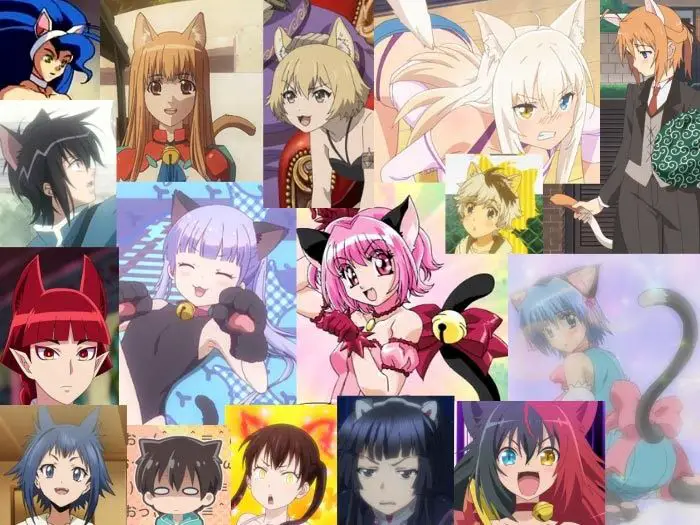
Pop Culture Influences
Cat ear headbands have become popular due to their prominence in Japanese anime and manga culture. The concept of “catgirls” originated in anime and manga, depicting human girls with cat ears, tails, or other feline characteristics. This aesthetic has permeated anime fandoms and cosplay culture, with cat ear headbands being a simple way for fans to take on the catgirl persona (https://www.amazon.com/cat-ears-headband/s?k=cat+ears+headband).
Cat ear headbands have also been adopted by many music artists and influencers. Pop stars like Ariana Grande and Katy Perry have performed while wearing cat ears, further popularizing the accessory. Anime openings frequently depict female characters in cat ears as well, associating the look with youthfulness and cuteness.
The ubiquity of catgirls in anime has led the cat ear headband aesthetic to appear in many popular TV shows and movies too. Characters are sometimes shown cosplaying or wearing cat ear headbands and helping to normalize the style. The accessories evoke a sense of fun and whimsy when featured across different media.
Psychological Appeal
One reason for the popularity of cat ear headbands is their psychological appeal. Many people find cat ears to be cute or playful. Wearing the headbands allows people to tap into feeling more confident, youthful, or charming. Cat ears can provide a form of escapism or alter someone’s identity in a playful way.
According to research on Quora, cat ears allow the wearer to assume an “alter ego” that feels cuter or more approachable. The ears signify letting go of inhibitions. This escape can be comforting and boost self-esteem.
The robotic cat ear headbands that move based on brain waves also allow wearers to physically express their emotions through the ears. This interactivity taps into people’s desire for self-expression and play.
Overall, cat ear headbands appeal to people’s inner childlike sense of fun and imagination. Theirwearers enjoy feeling cute while showcasing their moods or briefly inhabiting an alter ego.
Social Media Trend
Cat ear headbands have become a major trend on social media platforms like TikTok and Instagram. Many influencers, celebrities, and everyday users have posted videos and photos while wearing cat ears. This trend took off in 2020 when videos with the hashtag #catears garnered over 3 billion views on TikTok. Part of the appeal is using cat ear filters or headbands while lip syncing or dancing to trending audios. Companies even partner with influencers to promote their cat ear products. On Instagram, hashtags like #catears and #catheadband have over 1 million posts, with users incorporating the ears into makeup tutorials, cosplay, and fashion shoots. Celebrities like Ariana Grande, Halsey, and Madison Beer have posted Instagram photos wearing cat ears. The headbands allow users to take on a cute, playful persona online.
Sources:
https://www.meowingtons.com/collections/headbands
https://catcafebk.com/product/cat-ear-headbands/
Fashion Statement
Cat ear headbands have become a popular fashion accessory used to complement outfits and complete a look. They allow the wearer to express their personal style and have fun with fashion. Cat ears can be paired with casual everyday outfits like jeans and t-shirts, or dressed up for going out. Many online stores like Amazon and Meowingtons offer a wide selection of cat ear headbands in different colors, textures, and designs to match any outfit.
Cat ear headbands have also become a DIY and customization trend. People enjoy embellishing and personalizing plain headbands with craft materials like glitter, ribbons, flowers, and more to make them truly unique. Tutorials on YouTube and Pinterest provide inspiration for crafty cat ear designs. The DIY approach allows total creative freedom.
Many makeup and hair looks have emerged to complement the cat ear accessory. Bold eye makeup with winged liner or graphic styles paired with a set of cat ears creates a fun, eye-catching beauty look. Styling hair in buns, pigtails, or voluminous curls also suits the playful vibe of cat ears. Beauty vloggers on YouTube have popularized many creative makeup and hairstyles to finish off the cat ear fashion trend.
Cosplay Culture
Cat ears are an essential accessory in cosplay, the practice of dressing up as characters from anime, manga, videogames, movies, and other media. Many popular anime characters like cats or cat-human hybrids have cat ears incorporated into their designs. Cosplayers aim to accurately recreate every detail of a character’s costume, including accessories like cat ears.
Wearing cat ear headbands allows cosplayers to get into character and truly embody the persona they are portraying. Cosplay is about creativity, imagination, and community. For many cosplayers, adding cat ears helps them tap into their character on a deeper level and improves their performance. Cat ears have become a staple accessory within the cosplay community and convention scene.
Criticisms
Some critics view cat ear headbands as immature or odd. Many see wearing cat ears as a sign of eccentricity or youthfulness that does not match most adults’ desired self-image. Cat ears can evoke associations with children’s dress-up play, teenage anime fandoms, and furry subcultures, leading some to see the trend as inappropriate or silly for mature adults.
There are also concerns about the sexualization of cat ears, as they have been incorporated into sexy cosplay outfits and used to signify submission in BDSM culture. Some believe the headbands inappropriately sexualize regular interactions, especially when worn by young girls or women in everyday settings.
Additionally, there are cultural appropriation critiques regarding the use of cat ears by non-Asians. Since cat ears originated from Japanese cosplay and anime, wearing them when not Japanese could be viewed as cultural appropriation by some. There are disagreements around whether their widespread popularity today makes them less associated with a specific culture.
Gender Perspectives
Cat ear headbands have traditionally been associated more with women and girls. They are often marketed specifically toward young girls, featuring pastel colors, ribbons, and other feminine accents.
However, some see wearing cat ears as a way to subvert traditional gender norms. For example, some men wear cat ears as a form of cosplay or fashion statement. According to one discussion on ProTeacher, some parents were concerned about boys wearing cat ear headbands, but others saw no issue with it.[1] Wearing cat ears allows people to express themselves creatively without strictly adhering to expected gender roles.
The trans community has also embraced cat ears as a symbol of pride and self-expression. As one Quora user explained, “Wearing cat ears and other feminine accessories helps some trans women relieve dysphoria before they are ready to present as female in public.”[2] Cat ears allow for gender fluidity and freedom from societal constraints.
Conclusion
Cat ear headbands have become an enduring fashion trend that shows no signs of fading. As we’ve explored, the appeal stems from pop culture influences, the desire for self-expression, and the intrinsic human attraction to cuteness. While some dismiss cat ears as a frivolous fad, the cultural significance runs deeper.
Cat ears allow wearers to embrace their playful spirit and curiosity. The choice to don a pair of feline ears is an act of subtle rebellion against societal norms of maturity and seriousness. Just as cats themselves exhibit independence and mystery, cat ears hint at a wearer’s free-spirited nature.
Even amidst rapidly changing fashion, cat ear headbands have demonstrated surprising staying power across demographics. Their flexibility and accessibility as a simple DIY project or inexpensive accessory contribute to this longevity. As new generations discover cat ears anew, these fluffy headbands will likely continue spreading feline-inspired fun. Rather than a short-lived trend, they represent a small but meaningful way for people to express their true selves.

